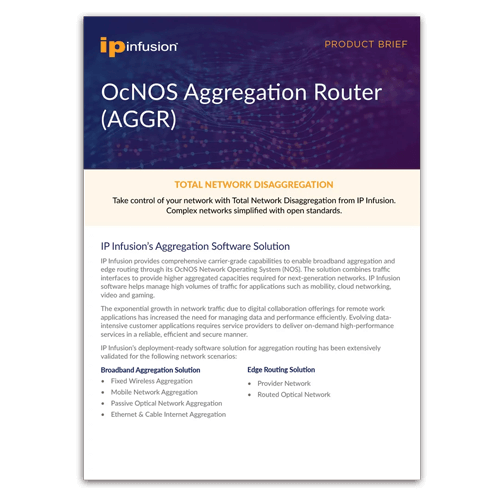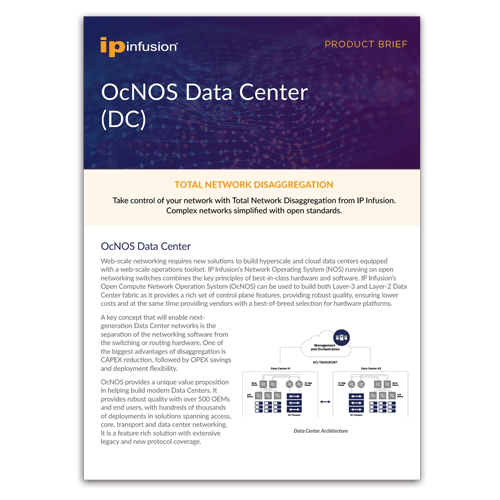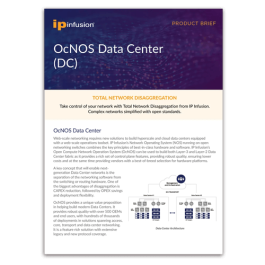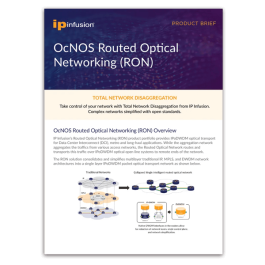OcNOS Cell Site Router (CSR)
OcNOS CSR is a smart converged integrated access platform which enables Service Providers to deliver next-level business and entertainment experiences.
描述
The Service Provider mobile and wireline network of the future will not just need to provide exponentially higher bandwidth at lower operating costs but will also have to be capable of enabling new applications such as pervasive mobile broadband, IoT/sensor networks, autonomous vehicles and smart consumer wireless devices. Mobile network operators are actively seeking cost-effective Cell Site Gateway Solutions to accommodate the mass rollout of 4G/5G services to meet mobile traffic demands. Disaggregated Open Network Solutions benefit operators as they build out 4G/5G infrastructure by reducing costs, expanding the vendor ecosystem and leveraging automation so they are more agile in introducing new services.
The evolution to next-generation 5G networks introduces architectural changes in the radio access network (RAN) and mobile core that will have significant implications for how operators design and provision transport capacity and services. The mobile transport network will need to meet the higher capacity and lower latency demands of 5G. In addition, it will need to flexibly adapt to diverse traffic flows to support a growing variety of use cases, from augmented reality to factory automation. A key concept that will enable next generation transport networks is disaggregation, whereby networking software is separated from the switching or routing hardware and partitioned into functional components that can be more efficiently operated. Programmability, automation, and agility with better control of their networks are immediate benefits of disaggregation for operators, besides potential cost savings as well.
Key CSR ODM Hardware Highlights
- Extremely compact, low-power design
- Flexible form factors for both indoor and outdoor deployments
- Highly integrated design: 1-100G interfaces, rich set of QoS capabilities, flexible management options, and integrated timing in a single box
- Versatile licensing scheme to enable a range of commercial objectives
- 1 RU small form factor ODM hardware with depth <300mm
- Front-to-back as well as side-to-side airflow
- Low power consumption, minimum <100W, typical <200W, maximum 250W
- Low latency forwarding
- Precise frequency and phase/time synchronization using the latest industry standards
- NETCONF/OpenConfig standards based management interface






